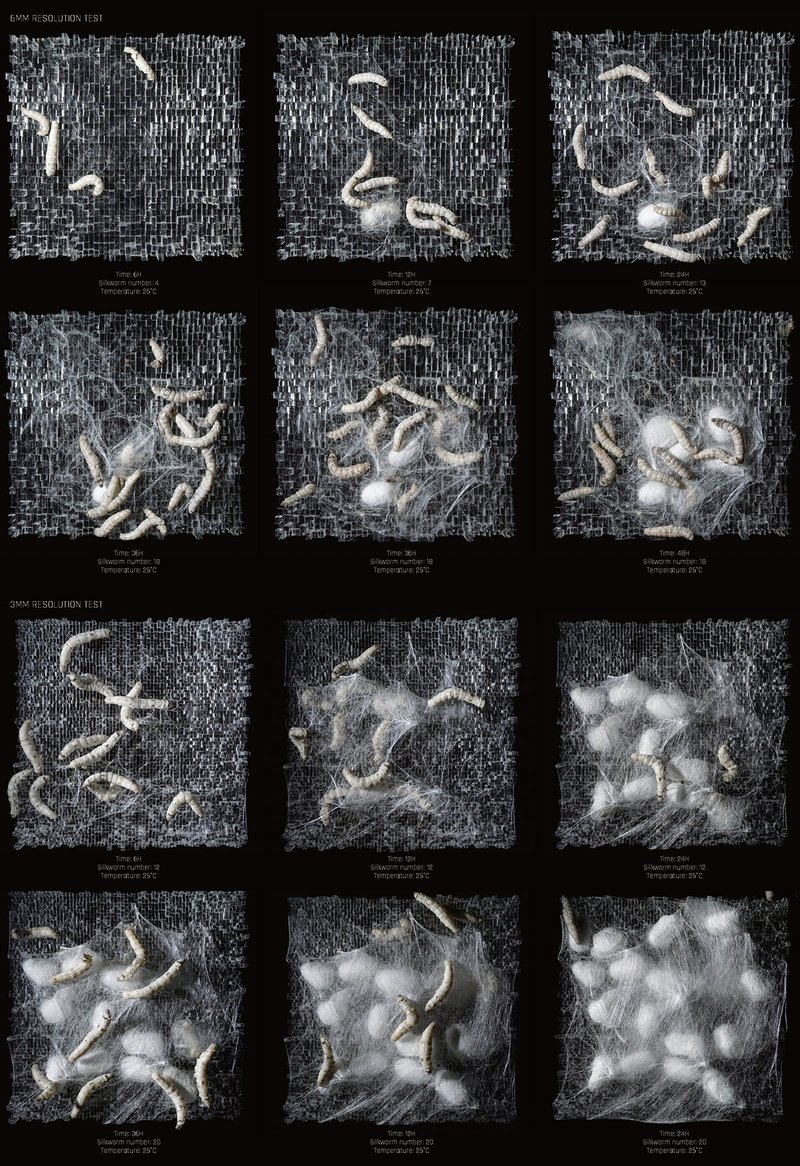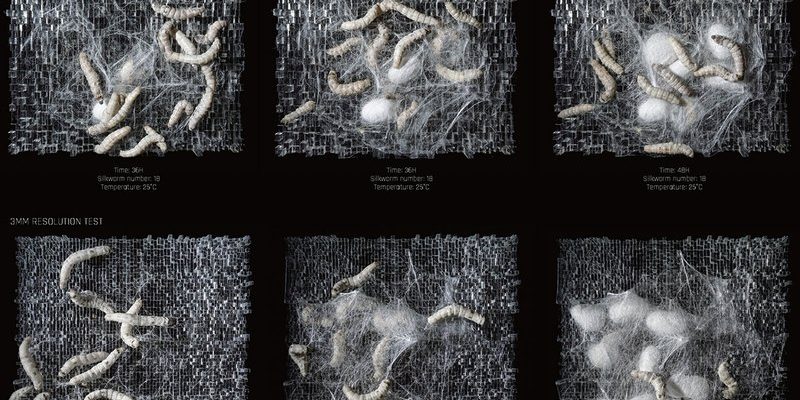
Let’s dive into this fascinating world and explore how *Bombyx mori* stacks up against its silkworm cousins. We’ll also unravel why these differences matter, especially if you’re curious about silk or the different silkworms out there. Think of it as a friendly chat over coffee—one that sheds light on these intriguing insects and their contributions.
What is Bombyx Mori?
*Bombyx mori* is the most well-known silkworm species, primarily thanks to its role in the silk industry. These little worms are domesticated and have been bred for thousands of years to produce high-quality silk. They thrive in controlled environments, making them easier to harvest and care for. You might say they’re the celebrities of the silkworm world!
In terms of appearance, *Bombyx mori* have a creamy white to yellowish color, which helps them blend in with the mulberry leaves they munch on. These silkworms are voracious eaters, feeding almost exclusively on mulberry leaves, which is a key factor in the quality of silk they produce. Compared to their wild relatives, *Bombyx mori* are less hardy and lack the ability to fend for themselves in nature. This domestication makes them highly dependent on human care, but this has led to more consistent silk production.
What’s fascinating is that the life cycle of *Bombyx mori* consists of four main stages: egg, larva, pupa, and adult moth. The larval stage is where they really shine, as this is the time they spin their cocoons and produce silk. In fact, a single *Bombyx mori* can yield around 900 meters of silk thread from one cocoon! It’s impressive, right? The silky thread is harvested and processed into beautiful fabrics that can be found in everything from clothing to home décor.
Comparing Bombyx Mori to Other Silkworm Species
Now that we’ve introduced *Bombyx mori*, let’s look at how it differs from other silkworm species. There are wild silkworms like *Antheraea* and *Attacus*, which belong to different families. These insects have not undergone selective breeding like *Bombyx mori*, leading to several key differences.
One major distinction is their habitat. While *Bombyx mori* usually lives in controlled environments, wild silkworms are found in various regions, often thriving in forests. For instance, *Antheraea pernyi*, another well-known silkworm species, feeds on oak leaves and produces a more coarse, earthy silk that isn’t as shiny or smooth as *Bombyx mori*. This is because wild silkworms have adapted to their natural surroundings, which shapes not just their diet but also the quality of silk they produce.
The life cycle of wild silkworms also differs. They generally endure harsher conditions and face predators, which toughens their survival skills. This means they can produce silk under natural circumstances, unlike the pampered *Bombyx mori*. Think of wild silkworms as the rugged adventurers of the silk world, while *Bombyx mori* are more like the domesticated pets—still fascinating but in a totally different way.
Silk Quality and Characteristics
One of the most important differences between *Bombyx mori* and other silkworms lies in the silk they produce. The silk from *Bombyx mori* is known for its exceptional quality, which is smooth and shiny. This is largely due to the consistent diet of mulberry leaves, which contributes to the luster and strength of the silk fiber.
In contrast, the silk from wild silkworm species, like *Antheraea* and *Attacus*, tends to be coarser and less uniform. It can have a more rustic look, which some people appreciate for its unique character. This silk is often called “wild silk” and is favored in certain luxury markets, especially for eco-friendly or artisanal products. It’s a beautiful reminder of nature’s diversity and can offer a distinct texture not found in the traditional silk produced by *Bombyx mori*.
The price difference is another noteworthy aspect. Silk from *Bombyx mori* typically commands higher prices due to its quality and the intensive farming practices required. Meanwhile, wild silk might be less expensive but offers its own charm and benefits, especially for those who prioritize sustainability.
Rearing and Farming Practices
When it comes to rearing these silkworms, *Bombyx mori* requires specific farming techniques that differ considerably from those used for wild silkworms. Farmers have developed methods involving temperature control, humidity, and even lighting to create perfect conditions for these tender silkworms. This level of care ensures that the silk produced is fine and abundant.
On the other hand, wild silkworms like *Antheraea pernyi* require less interference from humans. They thrive in their natural habitats, living off a broader range of foliage, and are often collected in the wild rather than farmed. The silk production process for wild silkworms tends to be less predictable, which can make it more challenging for producers who rely on consistent quality.
Farmers of *Bombyx mori* often use a large number of larvae in a single cycle to optimize production. This is a stark contrast to wild silk collectors, who may have to gather silk from fewer silkworms in various locations. As a result, the scale and approach to farming differ based on the species, affecting everything from production costs to environmental impact.
A Look at Environmental Impact
The environmental considerations for rearing *Bombyx mori* versus wild silkworms are also significant. The intensive farming of *Bombyx mori* can lead to concerns about land usage, as a large amount of mulberry trees is required to support the silkworms. Some farming practices may not be sustainable if they clear land or harm local ecosystems.
In contrast, wild silk harvesting can be more environmentally friendly, as it often involves foraging in forests without the need for specific crop cultivation. However, overharvesting can threaten wild populations if not done sustainably. This brings us to the importance of responsible stewardship in silk production, asking the question: how can we balance economic needs with ecological health?
By exploring these environmental impacts, we can appreciate the nuances of both farming practices and their consequences. Understanding the differences encourages consumers to make informed choices based on their values, whether they prioritize luxury, sustainability, or biodiversity.
The Future of Silk Production
As we look to the future of silk production, the differences between *Bombyx mori* and other silkworm species offer insights into trends and innovations in the industry. With the growing demand for sustainable and ethical products, wild silk is gaining more attention. Consumers are becoming increasingly interested in where their products come from and how they’re made, pushing manufacturers to find better, more sustainable practices.
At the same time, technological advancements and genetic research are enhancing *Bombyx mori* farming. Innovations such as selective breeding for disease resistance or higher silk yield could lead to even more efficient production processes. This evolution in farming practices may help the silk industry adapt to changing economic and environmental landscapes.
Ultimately, the dialogue around silk production must include all aspects—from farming methods and species differences to consumer choices. As people become more conscious about their purchasing habits, the silk industry may need to continue evolving to meet the challenges of sustainability and quality.
With all these insights, we can appreciate just how remarkable and varied the world of silkworms really is.
In conclusion, understanding the differences between *Bombyx mori* and other silkworm species not only enriches our knowledge of silk production but also highlights the complex relationships between humans and nature. Whether you’re drawn to the elegance of *Bombyx mori* silk or the unique charm of wild silk, there’s a whole world behind each thread that weaves together history, culture, and environmental responsibility. So next time you admire that beautiful silk scarf, you might just think a little deeper about the journey it took to get there.

